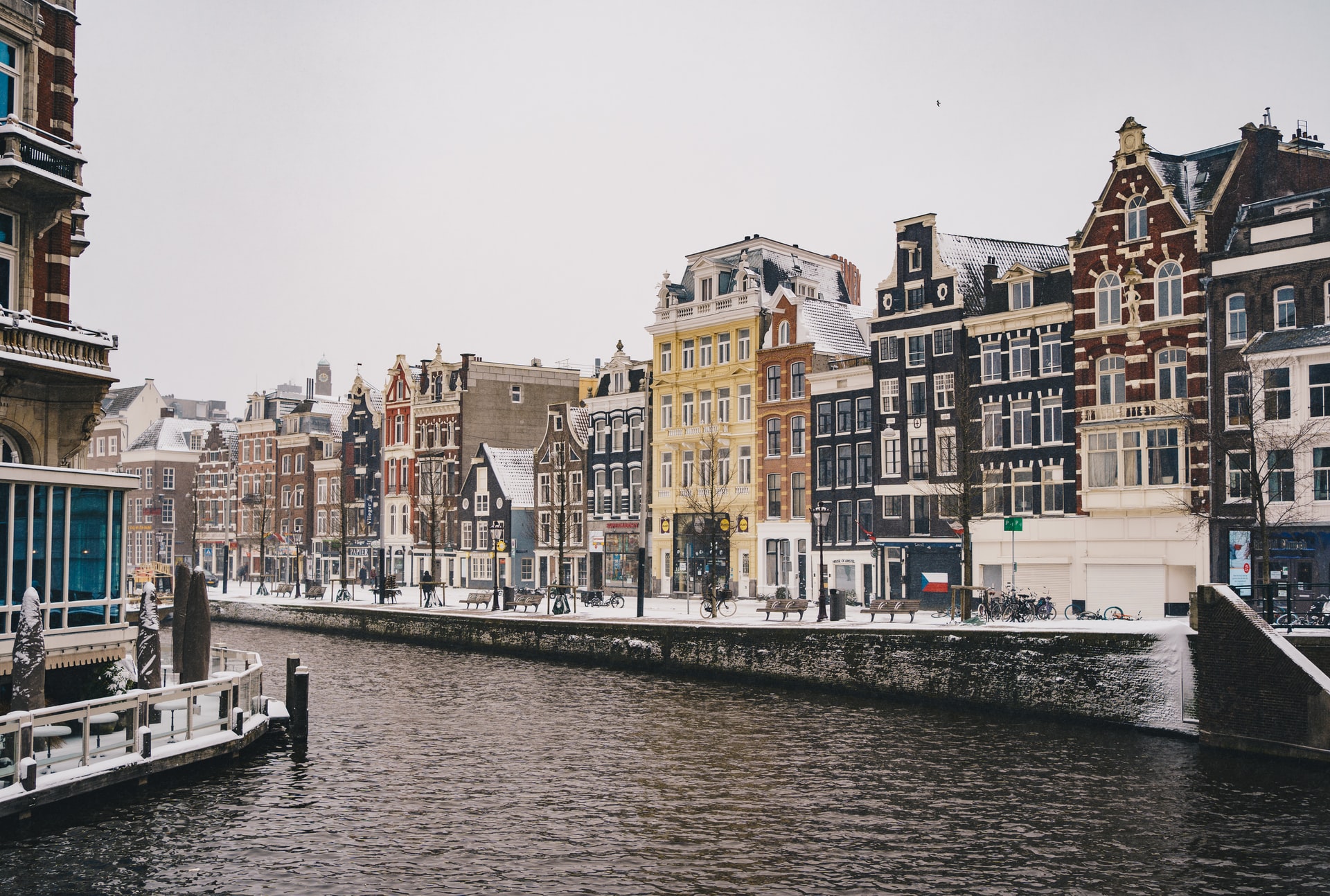The Netherlands has abandoned its ban on flights from several Southern African nations. Authorities initially implemented the ban to prevent the spread of the Omicron variant of COVID-19.
As of December 23, some visitors from the following countries can once again enter the Netherlands:
- Botswana
- Eswatini
- Lesotho
- Malawi
- Mozambique
- Namibia
- South Africa
- Zimbabwe
Because those countries have high rates of COVID-19, especially the Omicron variant, they all fall into a very high-risk category. Visitors from high-risk countries will have to jump through numerous hoops and new testing requirements to enter the Netherlands or any other EU nation.
Travelers above age 12 must provide negative results from a PCR test taken within 24 hours before entry. However, a PCR test taken within 48 hours before entry will also be valid if followed by an antigen test taken within 24 hours before arrival.
Even if a visitor has proof of full vaccination or recovery, the requirements are the same.

All travelers from high-risk countries will have to self-quarantine for 10 days after arrival. However, they will be able to get tested at a public health facility to end the self-quarantine up to five days early.
Visitors from high-risk nations will also face broader EU requirements. An EU entry ban is currently in place for individuals coming from such countries, though numerous exceptions exist.
All EU countries are currently high-risk as Omicron spreads rapidly throughout the continent. However, visitors from other EU nations don’t have to follow the same stringent requirements to enter the Netherlands.
Travelers from low-risk countries like Australia, Greenland, and South Korea don’t need to self-quarantine upon arriving in the EU. Nonetheless, they must still provide proof of full vaccination or recovery.
Omicron is spreading quickly in the Netherlands, resulting in a countrywide lockdown. The nation saw a massive spike in cases at the end of November.

